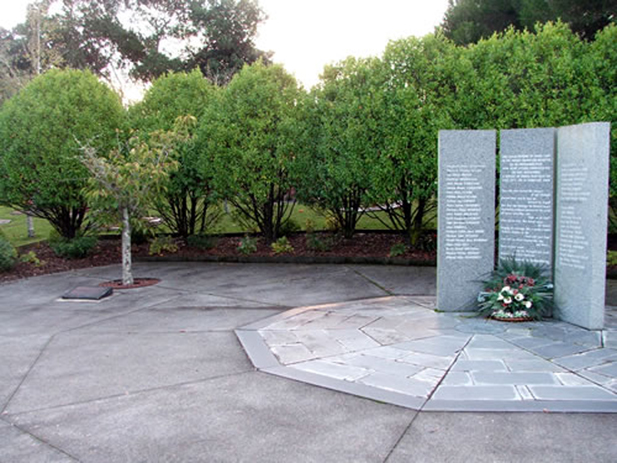Using this learning guide
This learning guide is not a downloadable resource to put in front of ākonga (students). Kaiako (teachers) should select from the guide and adapt the suggested activities as they see fit to meet the needs of their students.
In this learning guide, ākonga will:
- Explore how we decide what makes someone or something historically significant or important
- Determine what makes the Erebus accident a significant event in Aotearoa New Zealand history.
What makes someone or something historically significant?

New Zealand Air Line Pilots' Association
What do we mean when we say someone or something is significant? We typically associate significance with the notion that it means something is important. But is something important to me necessarily important to others? How do we as individuals or communities decide who or what is important?
Assigning historical significance is making a decision about the past in the present. Assessing what is historically significant helps ākonga deepen their understanding of history, as opposed to simply recording past events. As Samuel Wineburg expresses it in his book, Historical thinking and other unnatural acts: charting the future of teaching the past:
As soon as we turn to questions of significance – of why something happened versus the mere fact of it happening – history becomes an act of judgment.
Historical significance is not permanent. How an event or person is remembered can change over time. Determining what is significant involves considering the things left out of the narrative, or forgotten. Historical significance can be paired with the concept of historical silence. Why and how have certain groups and people not featured in the historical record? Why have their contributions not been seen as significant at various times?
Inquiry: historical significance
Get ākonga to discuss the following questions:
- What do you think makes something significant to individuals or groups?
- What events, people or places are important to you?
- What events or people do you believe are historically significant, and why? Give examples.
5 Rs of significance
Christine Counsell’s 5 Rs of significance can help ākonga of all ages explore the historical significance of the Erebus accident. Learn about significance by telling 'tales of significance'.
Tales of significance – Te Akomanaga
Inquiry: 5 Rs framework
Discuss the 5 Rs framework with your class. Get ākonga to think about the following:
- Is there anything missing from the 5 Rs?
- What is the role of power in assigning historical significance?
- Do those with power influence decisions about what (or who) is important?
Is the Erebus accident an event of historical significance?
In considering the historical significance of the Erebus accident, Lizzie Oakes, who lost her grandmother Muriel Harrison on Erebus, described how the accident left the whole country in shock:
Everybody knew somebody – their favourite schoolteacher or somebody they'd worked with. It had such a ripple effect throughout New Zealand. Very few people were left untouched by it.
Speaking in 2017, Prime Minister Jacinda Ardern acknowledged that the accident had ‘touched every corner of New Zealand’.
Inquiry: discuss and report
In small groups:
- Discuss whether the size or scale of loss alone make something significant? For example, in 1979 there were 554 road deaths in New Zealand – more than twice the number killed in the Erebus accident. Yet few people talk about the significance of road deaths in 1979 compared to Erebus.
- Choose three of Counsell’s 5 Rs to describe in two or three sentences the historical significance of the Erebus accident. For example, 'The Erebus accident is historically significant because it is remarkable. The loss of 257 lives in a single accident is unusual or not common.'
- Combine the sentences for the three Rs you selected and prepare a report that explains to your classmates why you believe the Erebus accident was a significant event for New Zealand and New Zealanders. Share reports with the class and tease out discussion points and further questions.
- What things did the groups have in common? Was there a sense that some considerations were more important than others?
- Alternatively, think about a different format for this presentation. What is a creative or visually interesting way to present your main ideas as to why Erebus is significant? What images, diagrams or sounds could you use to communicate your ideas?
For older students, consider a deeper exploration of the historical significance of the Erebus accident by conducting an inquiry that focuses on specific aspects of the accident, such as:
- Operation Overdue: both on the ice and back in New Zealand. What were the short- and longer-term impacts on those involved?
- Finding the causes of the accident: what were the main differences between the findings in the Chippindale and Mahon reports?
- The impact on aviation safety: what lessons came out of the Erebus disaster?

Community contributions